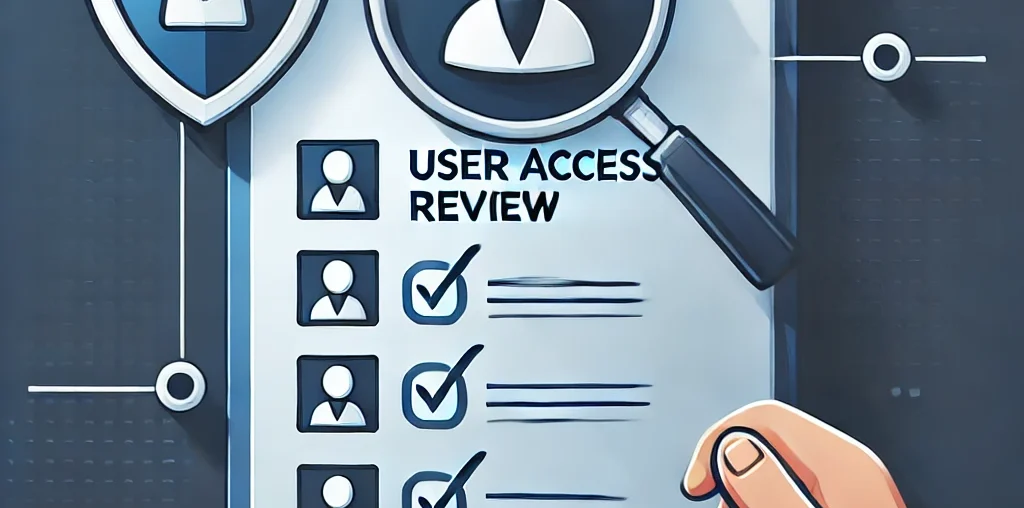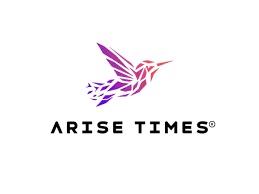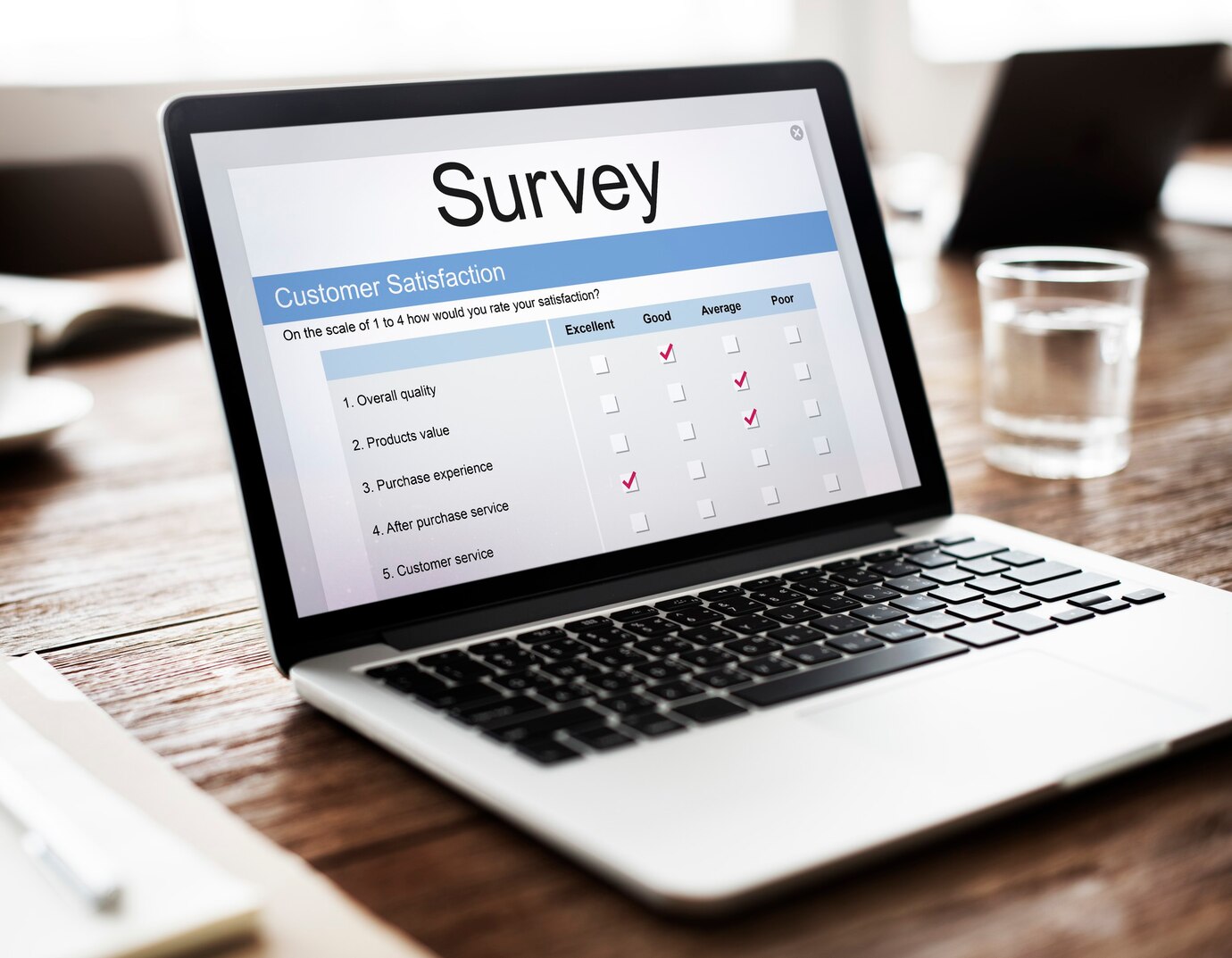Best User Access Review Tools for Enterprise Security
Introduction
In today’s digital landscape, organizations must ensure that only the right individuals have access to critical systems and data. User access reviews (UARs) help maintain security, compliance, and operational efficiency. However, conducting UARs manually is time-consuming and prone to errors. To address this, enterprises are adopting user access review tools that automate the process, improving accuracy and reducing security risks.
This article explores the best user access review tools available today and their benefits for enterprise security.
What Are User Access Review Tools?
User access review tools are software solutions designed to automate and streamline the process of reviewing, verifying, and managing user access within an organization. These tools help ensure that:
- Employees only have necessary access based on their job roles.
- Unauthorized access is detected and revoked promptly.
- Organizations remain compliant with security regulations like SOX, GDPR, HIPAA, and ISO 27001.
Key Features to Look for in a User Access Review Tool
When selecting a user access reviews tool, consider the following features:
- Automated Access Audits – Detects inactive or excessive permissions.
- Role-Based Access Controls (RBAC) – Ensures users have the right access based on roles.
- Integration with IAM & Security Systems – Works seamlessly with Okta, Microsoft Azure AD, SailPoint, and CyberArk.
- Real-Time Monitoring & Alerts – Detects anomalies and unauthorized access.
- Customizable Reports – Provides audit-ready reports for compliance.
- Workflow Automation – Automates approval and access revocation processes.
- Cloud and On-Premises Support – Supports hybrid IT environments.
Top User Access Review Tools for Enterprise Security
- SailPoint Identity Now
- AI-powered identity governance and automated UAR workflows.
- Supports real-time access monitoring and risk assessment.
- Best for enterprises needing scalable IAM solutions.
- Okta Identity Governance
- Integrates with cloud and on-premise environments.
- Automates periodic access reviews with audit-ready reports.
- Ideal for businesses using multi-cloud environments.
- Microsoft Azure Active Directory (AD) Access Reviews
- Built-in integration with Microsoft services and Azure AD.
- Provides role-based access management.
- Best for enterprises using Microsoft 365 and Azure.
- IBM Security Verify Governance
- AI-powered risk analysis for user access anomalies.
- Customizable dashboards for real-time monitoring.
- Suitable for enterprises requiring strict compliance enforcement.
- CyberArk Identity Compliance
- Automates privileged access reviews for high-risk accounts.
- Supports compliance with SOX, HIPAA, and GDPR.
- Best for organizations handling sensitive financial and healthcare data.
- Saviynt Enterprise Identity Cloud
- Cloud-native identity governance and administration (IGA) tool.
- Provides automated certification workflows.
- Ideal for enterprises operating in hybrid IT environments.
- One Identity Manager
- Centralized identity governance and role-based access reviews.
- Offers detailed audit logs for compliance.
- Best for large organizations needing enterprise-wide visibility.
Benefits of Using Automated User Access Review Tools
- Increased Efficiency – Automates repetitive tasks, saving time.
- Enhanced Security – Detects access anomalies and insider threats.
- Regulatory Compliance – Ensures adherence to SOX, GDPR, HIPAA.
- Reduced Operational Costs – Minimizes manual labour and security risks.
- Improved User Accountability – Tracks who has access to what and why.
Conclusion
Choosing the right user access review tool is essential for enterprise security and compliance. Whether you’re looking for AI-driven governance, real-time monitoring, or cloud-native identity management, solutions like SailPoint, Okta, Microsoft Azure AD, and CyberArk provide robust features to automate and streamline user access reviews.
By investing in the right tool, organizations can prevent unauthorized access, improve security posture, and maintain regulatory compliance effectively.




